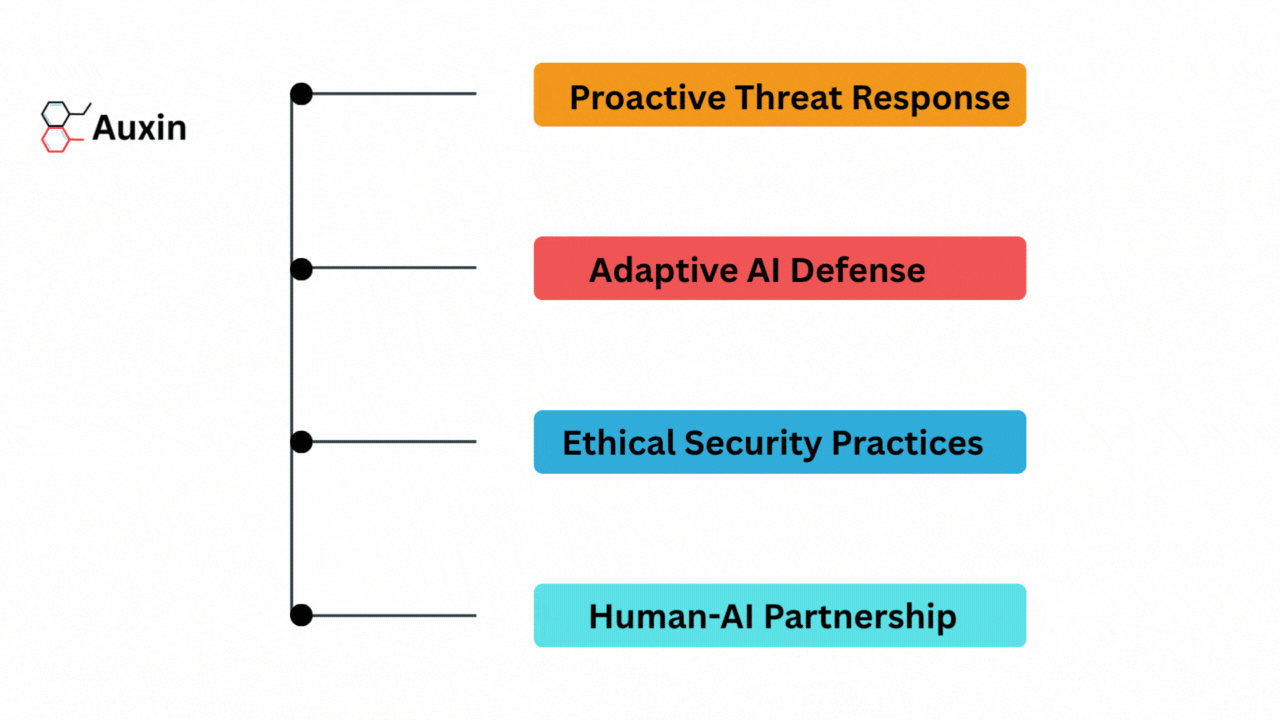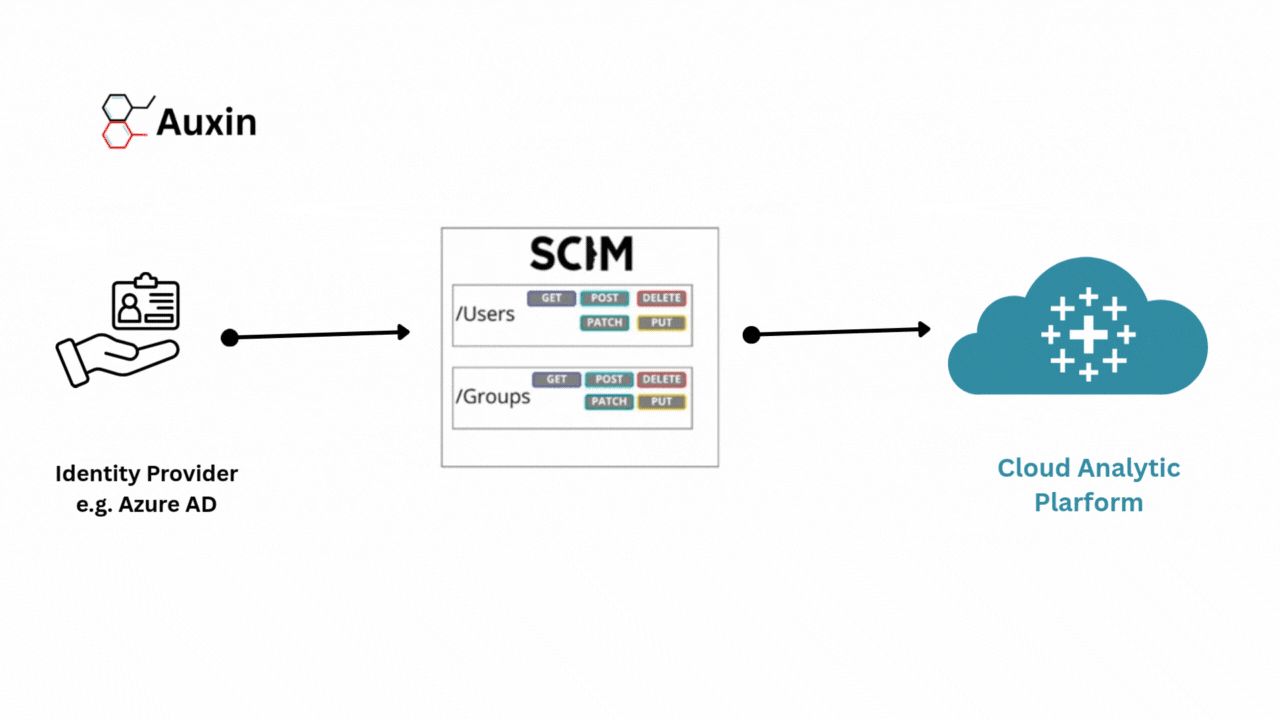Social Engineering Attacks: Guarding Against the Art of Deception
In the realm of cybersecurity, one of the most insidious and effective tactics employed by hackers is social engineering. According to Gartner Social engineering is an attack vector that relies heavily on human interaction and often involves manipulating people into breaking normal security procedures and best practices to gain unauthorized access to systems, networks or physical locations or for financial gain.
Unlike other cyber threats that rely on technical vulnerabilities, social engineering attacks exploit human psychology and manipulation to gain unauthorized access to sensitive information or systems. In this blog post, we will explore the world of social engineering attacks, uncover the various techniques employed by attackers, and provide actionable tips to guard against these deceptive tactics.

Understanding Social Engineering
Social engineering manipulates people to disclose confidential information, perform specific actions, or bypass security measures. Attackers leverage various psychological techniques to exploit trust, authority, curiosity, fear, or urgency in their targets. Social engineers deceive individuals into compromising their security by impersonating trusted entities or employing convincing narratives.
Common Types of Social Engineering Attacks
- Phishing: The most prevalent form of social engineering, phishing involves sending fraudulent emails, text messages, or instant messages that appear legitimate. These messages often trick users into revealing sensitive information or clicking on malicious links.
- Pretexting: Attackers create a fictional scenario or pretext to trick individuals into divulging confidential information. This can include impersonating colleagues, IT personnel, or service providers to gain trust and manipulate victims into sharing sensitive data.
- Baiting: In this tactic, attackers offer rewards or incentives to entice individuals to click on malicious links or download infected files. This can include fake software updates, free giveaways, or exclusive offers.
Spear Phishing is a targeted phishing attack where attackers tailor their messages to specific individuals or organizations. By gathering personal information from various sources, attackers create compelling emails that appear legitimate and increase the chances of success.
Protecting Against Social Engineering Attacks
- Education and Awareness: Promote cybersecurity awareness within your organization or community. Regularly educate individuals about the risks of social engineering attacks, how to identify common red flags and the importance of verifying requests before sharing sensitive information.
- Be Skeptical: Develop a healthy skepticism regarding unsolicited communications, especially those requesting sensitive information or immediate action. Double-check the authenticity of the sender, email domain, and URLs before clicking on any links or providing personal data.
- Implement Security Measures: Deploy robust antivirus and anti-malware software, spam filters, and firewalls to detect and block potential threats. Regularly update software and operating systems to address known vulnerabilities.
- Multi-Factor Authentication (MFA): Enable MFA whenever possible to add an extra layer of protection. This ensures that even if an attacker manages to obtain passwords, they still need additional verification to access accounts.
- Verify Requests: When receiving requests for sensitive information or actions, independently verify the request’s legitimacy by contacting the supposed sender through a known and trusted communication channel. Do not rely solely on the contact details provided in the suspicious message.
- Report Incidents: Encourage individuals to report any suspected social engineering attempts or incidents to the appropriate authorities or internal IT/security teams. Timely reporting can help prevent further damage and aid in investigations.
Final Thoughts: Strengthening Defenses Against Social Engineering
Social engineering attacks continue to be a significant threat to individuals and organizations worldwide. By understanding the tactics employed by social engineers and implementing proactive security measures, we can fortify our defenses and reduce the risk of falling victim to these deceptive techniques. Stay vigilant, stay informed, and remember that human awareness is as critical as technological safeguards in the digital age. For more insightful blogs, visit auxin.io.







